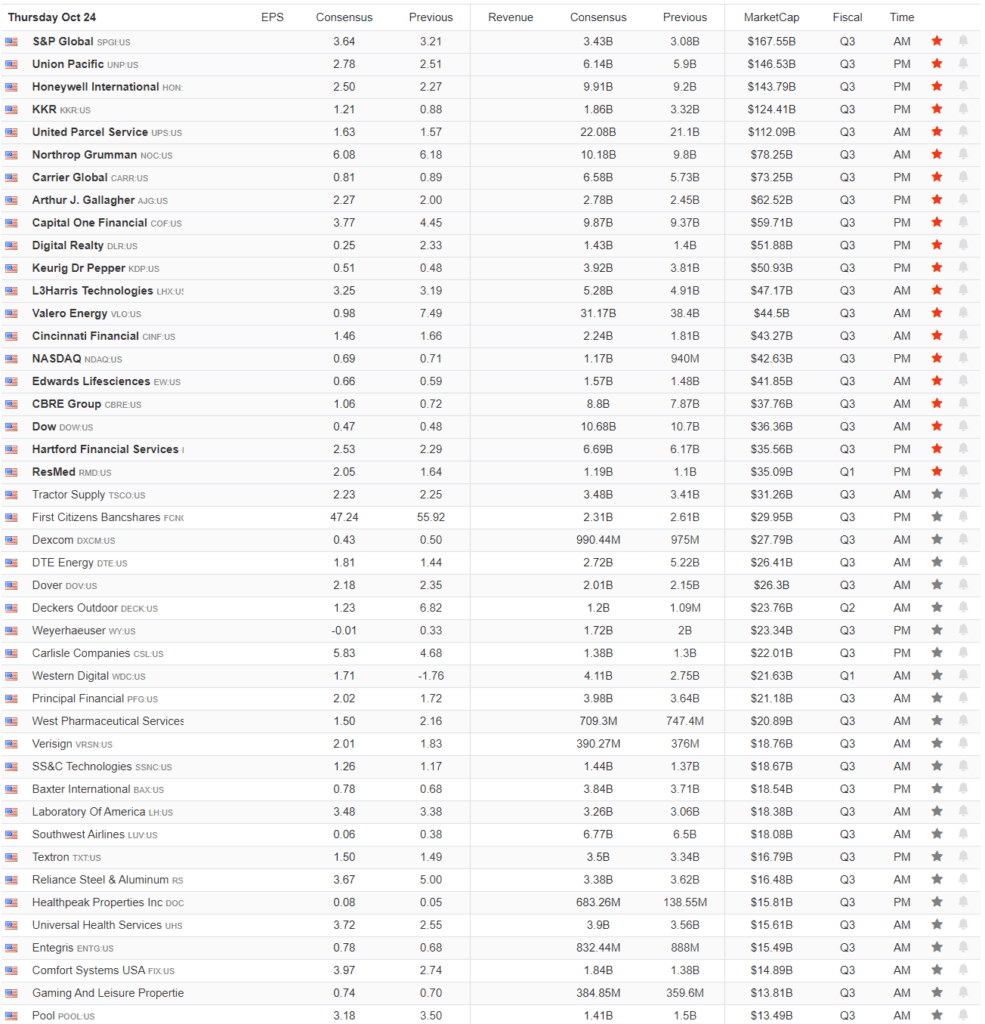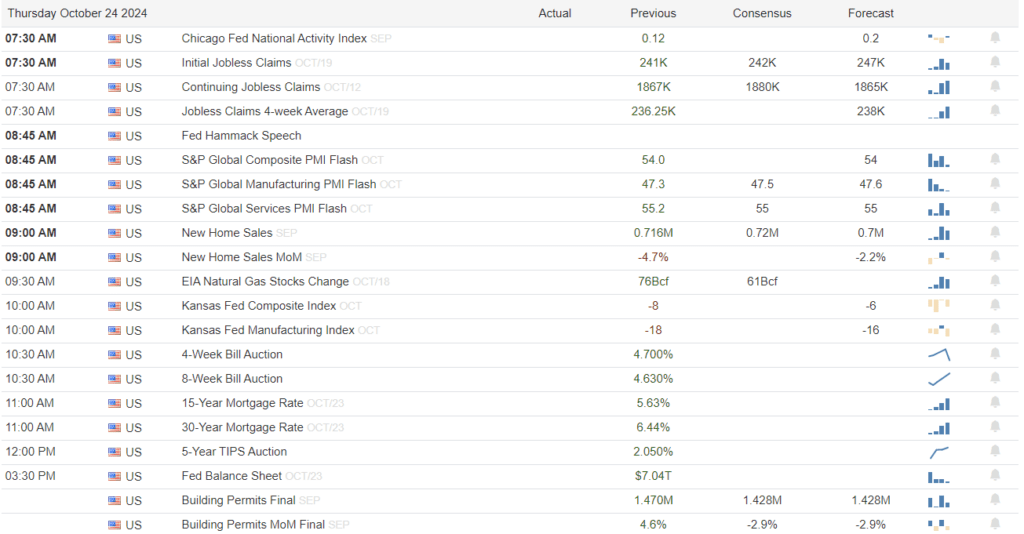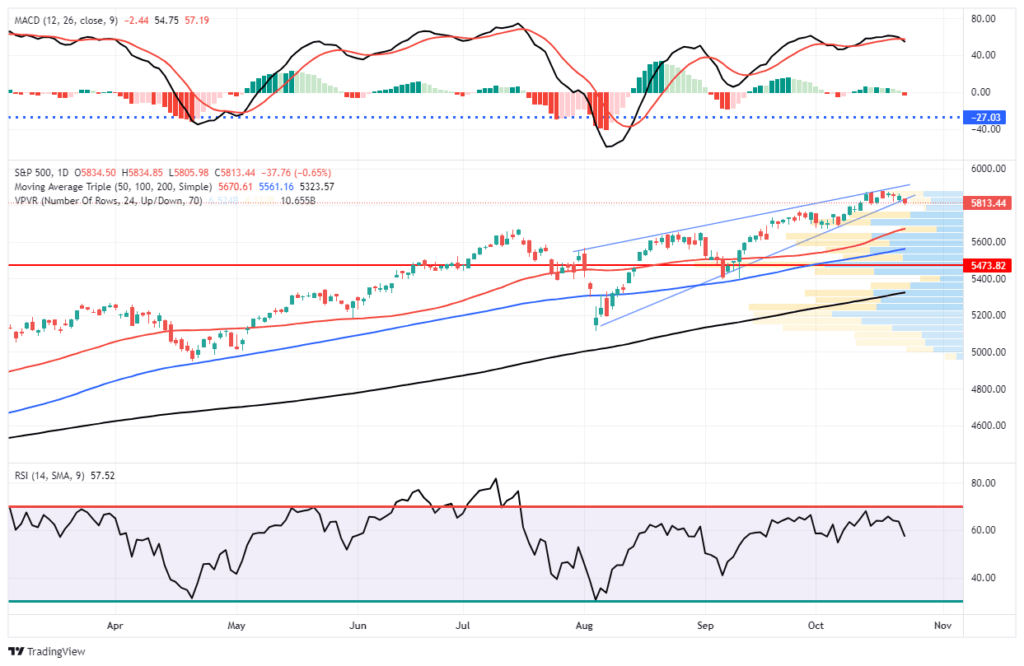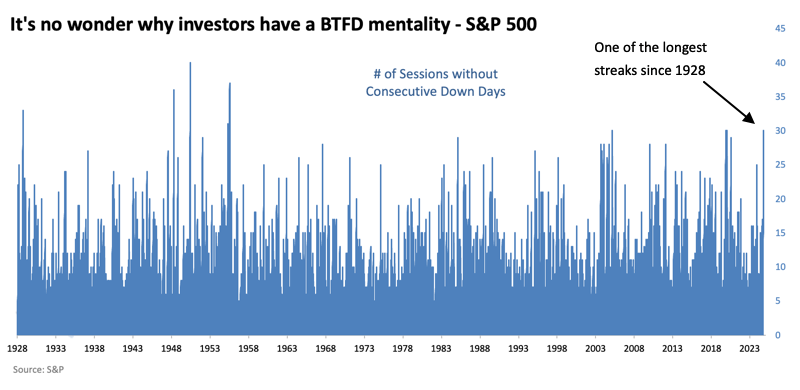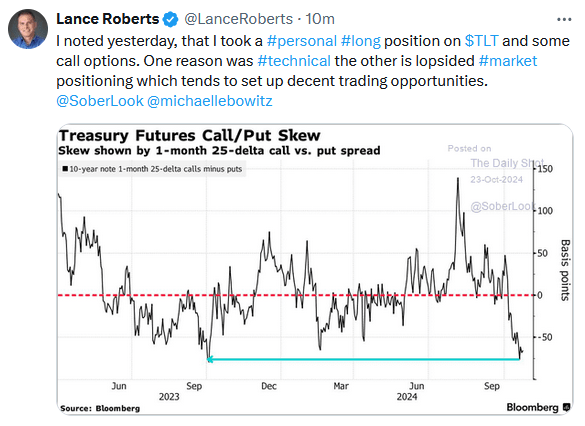The Bougie Broke Cut Back On Starbucks
In March, we wrote an article on the Bougie Broke. This consumer group spends above their means while sharing their purchases on social media. Importantly, these consumers shed some light on consumer confidence. Simply, it’s easier to be Bougie Broke and flaunt your purchases when you are more confident in your wages and job than when you are less confident. We think Starbucks provides a good window into the confidence of Bougie Broke and consumers in general.
In early May, after Starbucks released its first-quarter earnings report, we wrote the following on cheap luxury items:
Starbucks latest earnings report sends the message that consumers may finally be retrenching after a few years of spending above their means. Cheap luxury items are low in price by definition and include items that we do not necessarily need but are nice to have. When consumers have confidence in the economy and their jobs, they tend to reward themselves by consuming more cheap luxury items. Conversely, concerns about their job status or doubts about whether they will get a raise lead many consumers to tighten their wallets. For many consumers, cheap luxury items are the easiest items to cut back on when their confidence wanes.
On Wednesday, Starbucks released its third-quarter earnings results. The news was not good. In fact, they pulled forward guidance for 2025 after the third consecutive decline in sales. Furthermore, it reported a 7% decline in same-store sales and a 10% decline in the U.S.
With sales of cheap luxury items falling and many labor market measures weakening, might the Bougie Broke and other consumers’ confidence be waning?
What To Watch Today
Earnings
(Click on image to enlarge)
Economy
(Click on image to enlarge)
Market Trading Update
Yesterday, we discussed why I took a trading position in Treasury bonds. The decision was based entirely on the short-term bond market’s “technical” backdrop. Speaking of technicals, we spent yesterday morning reviewing the basics of Technical Analysis on the Real Investment Show.
This brings us to today’s market update. We have recently noted the market’s “rising wedge,” which can pose a rising risk. As shown, as the market rose, that advance became more narrow. That compression of price is ultimately resolved with a break out of that compression. If it breaks to the upside, it tends to lead to further gains. A break to the downside usually denotes the start of a correction or consolidation process. Yesterday’s market sell-off took the index below the rising trend line from the August lows. Such suggests that we may see more corrective action heading into the election. Furthermore, we also triggered a short-term MACD sell signal, which confirms a more negative market bias.
(Click on image to enlarge)
With the election rapidly approaching, we are not surprised to see the market take a break after its torrid advance over the last six weeks. Furthermore, we also previously suggested that a correction was possible even as the seasonally strong period of the year had started. Continue to manage risk for now; however, look for any correctional process to be contained in the 20 and 50-DMA.
A Historic Winning Streak
The chart below from Sentimentrader helps explain why investors appear overly confident despite the coming elections and the possibility of a contested outcome. The graph shows the number of days in a row where the market hasn’t posted two consecutive down days. Per Sentimentrader:
It has rarely gone this long without at least small consecutive losses. The current streak ranks among the best since 1928. It’s even better on the Nasdaq, and similar streaks preceded one-year gains 100% of the time.
Memory Inflation Warps Bond Yields
The Mayo Clinic defines Post Traumatic Stress Disorder, or PTSD, as “a mental health condition that’s caused by an extremely stressful or terrifying event — either being part of it or witnessing it.” Within the field of PTSD research is a concept called “memory inflation.” Memory inflation occurs when memories of traumatic events become more intense over time.
Memory inflation of past events amplifies one’s emotions and behaviors. Accordingly, distress from recent price inflation is causing many investors to overly fear that a similar situation will reoccur.
Given the tight relationship between inflation and bond yields, memory inflation negatively affects bond prices. Additionally, memory inflation may prevent some investors from seeing an opportunity to profit from the distorted market views.
Tweet of the Day
More By This Author:
Donald Trump Or Fundamentals? What's Irking The Bond MarketMemory Inflation Warps Bond Yields
Amazon Is Challenging The Work From Home Trend
Disclaimer: Click here to read the full disclaimer.

